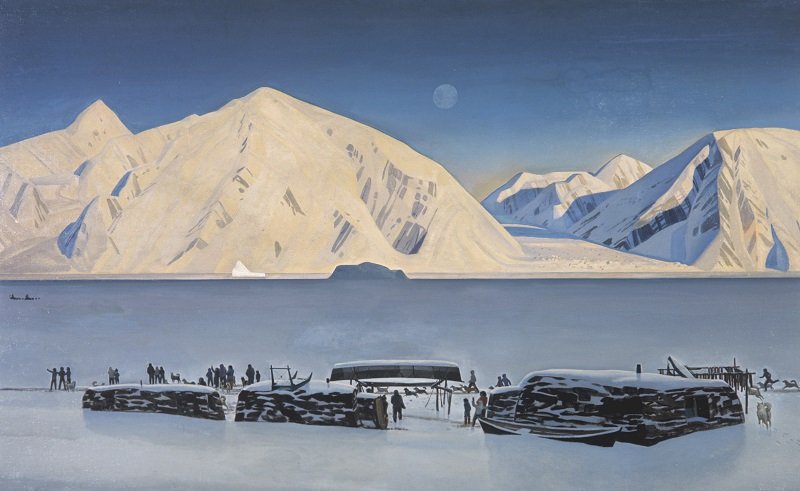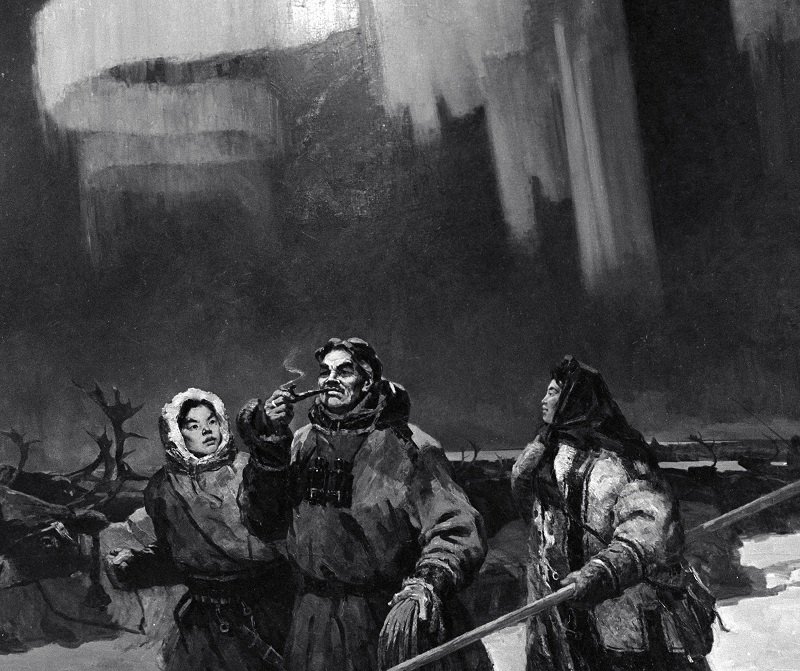For many years the park was closed to tourists and only received research expeditions. But recently the Danish Polar Center started issuing special permits to all those who want to see this unique place on the world's largest island. In May, polar days start there and last until the middle of July, ice fiords melt and the navigation period lasts until October.
The first thing to see is the deepest and longest fiord in the world, the Scoresby Sund, a gulf with a rocky coast that just cut inland. It has a tree-shape structure with many branches, the longest of which is 350 kilometers long. The fiord was first mapped in 1822 by William Scoresby, the whaler, and his son, for whom it was named.
Most local animal species live here, and during the warm season colonies of migratory birds cover the coast, sometimes counting up to a million birds
Another great experience is walking to Danmarkshavn, a naval weather station located at the northernmost point where non-icebreaking vessels can still pass. Eight people in two shifts record weather conditions there every day. On the ground at a height of two meters they take readings of atmospheric pressure, air temperature and humidity, and wind direction and speed. The staff's main responsibility is launching a probe daily to a height of up to 35 kilometers. Meters attached to the probe provide atmospheric data. Information about the air flow is especially important because it helps weather forecasting not only in Europe but the whole of the northern hemisphere. For this reason, the weather on the island is very important for meteorologists whose data go, via space satellite, to all international weather agencies.


